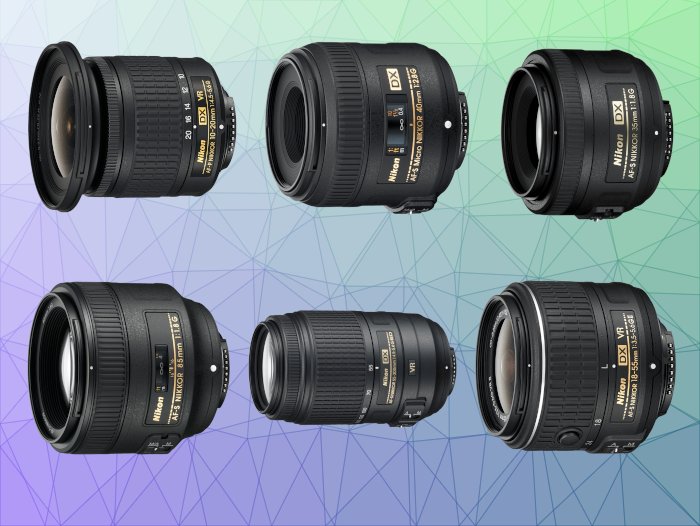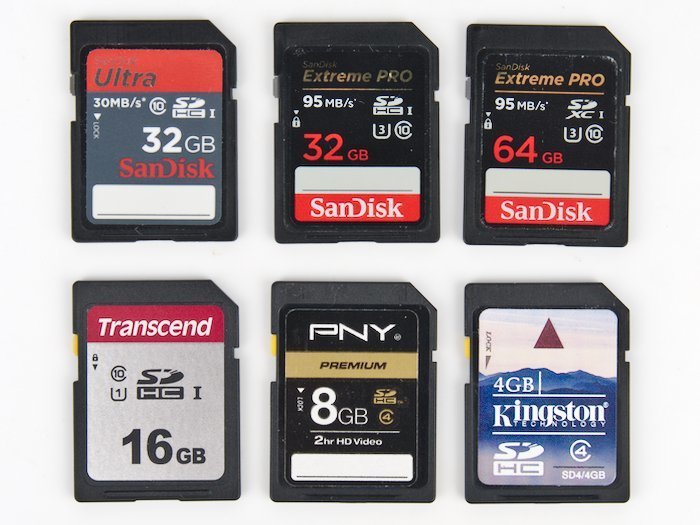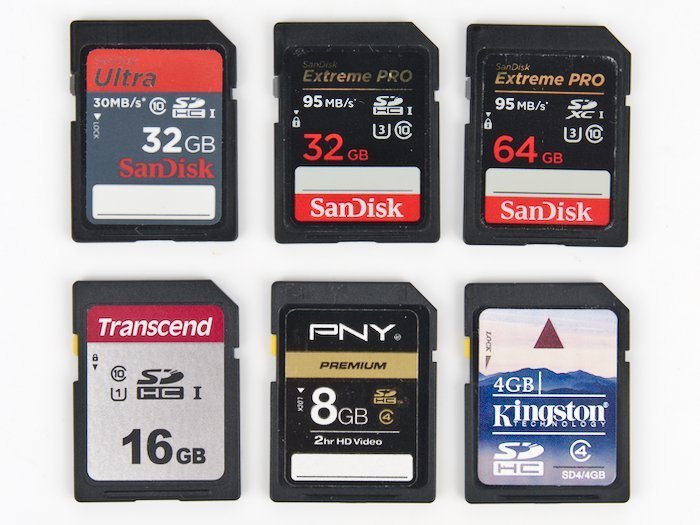
Best Nikon D810 SD Memory Cards
- Nathaniel Stephan
- Nikon d810
- October 12, 2022
Table of Contents
The Nikon D810 can use two different kinds of memory cards.
There are benefits to using both card slots, but the D810 will operate with just one card slot being used.
SD cards are less expensive than CF cards.
SDXC, SDHC, and SD memory cards can be put to use in the Nikon D810.
For video and burst shooting, it is crucial the card you use has a fast enough write speed.
Affiliate Advertising Disclosure
Outside the Shot is a participant in the Amazon Services LLC Associates Program, an affiliate advertising program designed to provide a means for sites to earn advertising fees by advertising and linking to Amazon.com.
As an eBay Partner, I may be compensated if you make a purchase. I also participate in affiliate advertising programs with KEH and Adorama. More can be found on the Affiliate Disclosure page.
Want to skip the technical details? Here is my recommendation on the card to use with your Nikon D810:
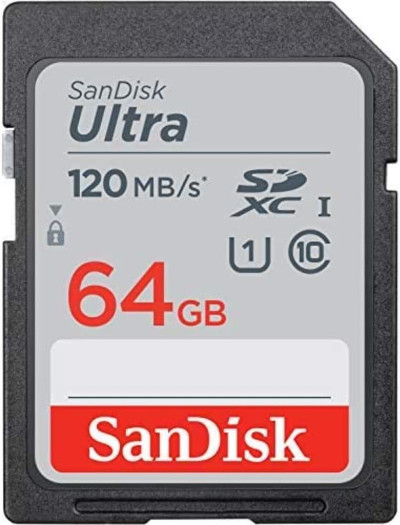
- UHS-I, U1, and Class 10 Speed Rating. Can sustain 10MB/s write speeds.
- Excellent choice for photos.
- Capable of recording Full HD (1920x1080) Video.
- Inexpensive with more than good enough performance.
- Larger capacities are available for a reasonable price.
Dual Card Slots
Do Both Memory Card Slots Need to be Used?
No, the camera can be used with only one card. When you use two CF cards you will have more settings.
- Mirror the Cards. Both memory cards will have the same files written to them.
- Overflow. Once the first card is full, files will be written to the second card.
- RAW+JPEG. Raw files will be written to one card and JPEGs of the same images will be written to the second card.
Do SD Cards Need to be the Same?
No, the memory cards are not required to be the same. You can use Compact Flash memory cards that have different capacities.
Having both CF cards be identical helps to reduce potential compatibility issues. For instance, a slow Compact Flash can bottleneck the camera’s memory buffer.
Recommended SD Cards
SanDisk Ultra 64GB SD Card

- UHS-I, U1, and Class 10 Speed Rating. Can sustain 10MB/s write speeds.
- Excellent choice for photos.
- Capable of recording Full HD (1920x1080) Video.
- Inexpensive with more than good enough performance.
- Larger capacities are available for a reasonable price.
PNY Elite-X 128GB SD Card
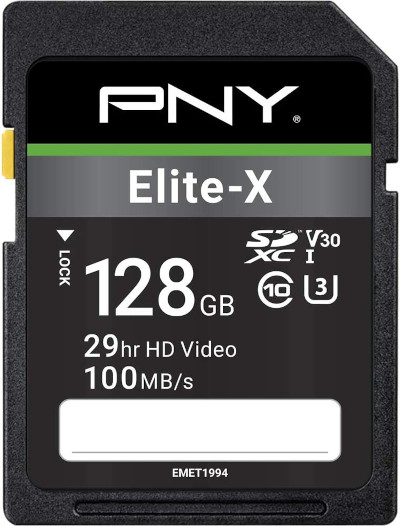
- UHS-I, U3, V30, and Class 10 Speed Rating. Can sustain 30MB/s write speeds.
- Good for burst shooting photos and recording 4K video.
- Larger capacity cards are available.
- Reliable & Durable: Magnet Proof, Shock Proof, Temperature Proof, Waterproof.
SanDisk Extreme PRO 128GB SD Card
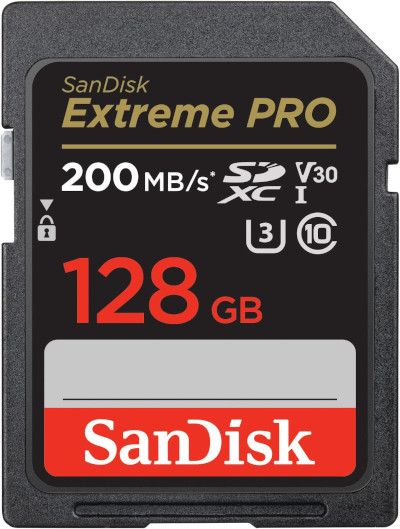
- Comparatively expensive for faster read speeds.
- UHS-I, U3, V30, and Class 10 Speed Rating. Can sustain 30MB/s write speeds.
- Only makes sense for professional use or if you need the largest storage capacity available.
- Temperature-proof, waterproof, shock-proof, and X-ray-proof.
Recommended CF Cards
SanDisk Extreme Pro CF 128GB
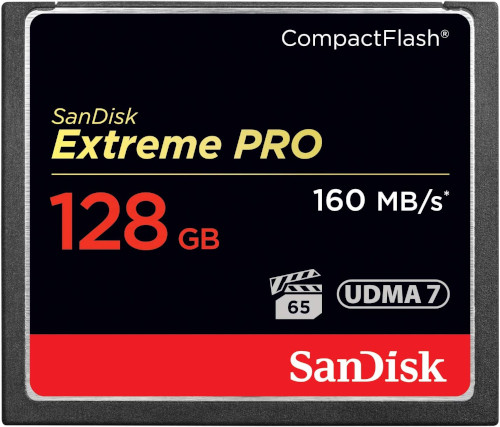
- Records and captures cinema quality 4K and Full HD video.
- Transfer speed of up to 160MB/s (1067X) read speeds.
- Industry leading shot speed performance of up to 150MB/s (1000X) write speeds.
- Designed for professional photographers and videographers
See current price and more information on:
SanDisk Extreme 64GB CompactFlash Card
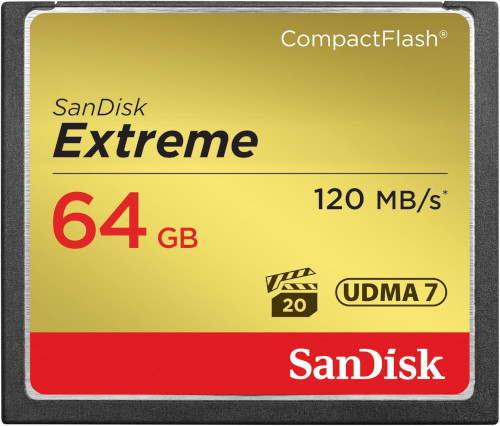
- Write speeds of up to 85 MB/s for faster shot-to-shot performance.
- Transfer speeds of up to 120 MB/s for increased efficiency.
- Video Performance (VPG-20) for Full HD video recording.
- RTV silicone coating protects card from shock and vibration.
See current price and more information on:
Lexar Professional CF Card 64GB
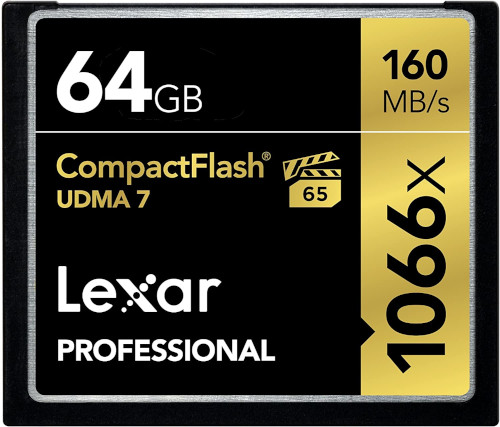
- High speed performance—leverages UDMA 7 technology to deliver a read speed up to 1066x (160MB/s).
- Supports the VPG-65 specification for professional-quality video.
- Captures high-quality images and extended lengths of stunning 1080p Full-HD, 3D, and 4K video.
- High-speed file transfer to dramatically accelerate workflow.
See current price and more information on:
Best SD Cards
SD memory cards have greatly reduced in price since the release of the Nikon D810.
With prices staying low, it doesn’t make sense to get anything other than a pro-level SD memory card.
The best SD cards I have used have been the SanDisk Extreme Pro, Lexar Professional, and PNY Elite Performance models. I have never had a card failure or unusable data with those SD memory cards.
Every one of the complications I have encountered has been due to low-cost unbranded SD memory cards. Trying to save a small amount of money is not worth the cost if your D810 is going to experience problems.
If you want to reduce the cost, buy a smaller capacity SD memory card from a quality supplier. By making that choice, you will know your photographs are secure on the SD memory card.
Nikon D810 SD Card Compatibility
The only memory cards compatible with the Nikon D810 are SD, SDHC, and SDXC. Check to make sure your camera has the most recent firmware installed.
The newest SDUC (Secure Digital Ultra Capacity) memory cards, aren’t going to be usable in the D810.
There are four different specifications of Secure Digital (SD) cards that you need to pay attention to. You can tell them apart according to their size.
- SD (Secure Digital) - 128MB to 2GB.
- SDHC (Secure Digital High Capacity) - 4GB to 32GB.
- SDXC (Secure Digital eXtended Capacity) - 64GB to 2TB.
- SDUC (Secure Digital Ultra Capacity) - 4TB to 128TB.
Image Capacity
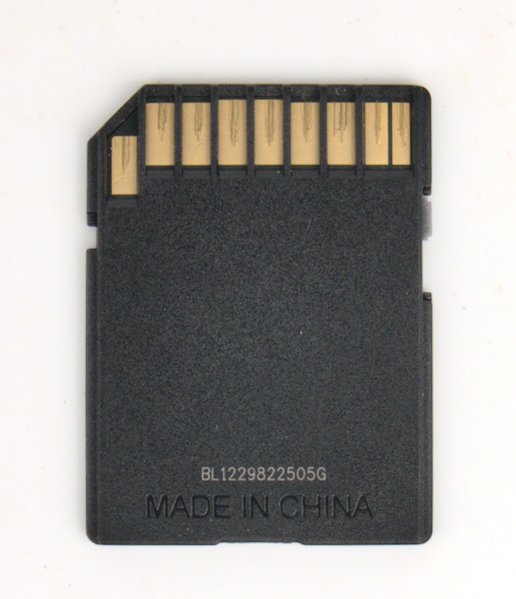
Listed here is an approximation of the volume of large JPEGs photos you should be expecting to be stored on a memory card:
- 16GB - 4,640 images
- 32GB - 9,280 images
- 64GB - 18,560 images
- 128GB - 37,120 images
Speed, Class, & UHS Ratings
Card Speed
The speed rating of an SD memory card is classified by the sequential read and write transfer speeds of the card. The continuous write speed of a SD card is essential for video in addition to continuous shooting.
A slow memory card can cause a decrease in the number of continuous photos the Nikon D810 can capture. This is because the camera’s buffer is not able to write data to the memory card quickly enough.
With video, a slow card can cause recording to end. The video file could also be corrupted. If you are going to record video, it is crucial the SD card you use meets the minimum requirements of the D810.
Read speed is important for transferring files to a computer. If you have cards that are full, a SD card with a fast read speed will cut down on the time it takes the transfer to complete.
Speed Class Rating
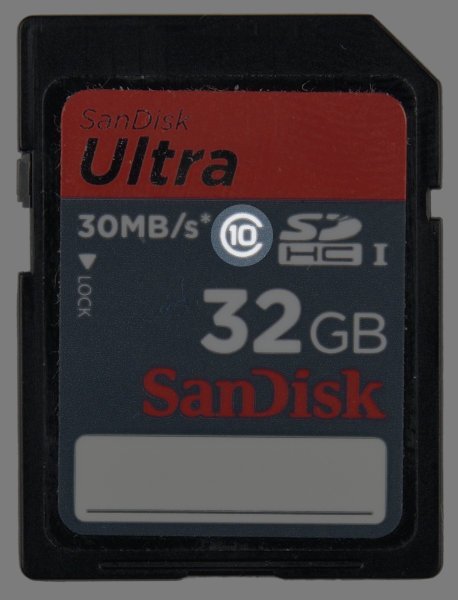
An SD memory card receives a Class rating derived from its continuous write speed. Cards that have a minimum write speed of 10MB/s are labeled as Class 10.
- Class 2 - 2MB/s
- Class 4 - 4MB/s
- Class 6 - 6MB/s
- Class 8 - 8MB/s
- Class 10 - 10MB/s or faster
Every name-brand card that you can buy will be Class 10. To locate the class rating of a memory card, find a number inside of the C on the label.
Ultra High Speed (UHS)
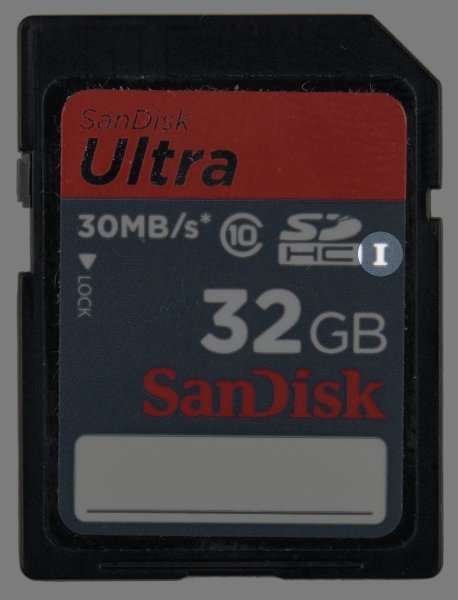
The Ultra High Speed (UHS) bus is built into SDUC, SDXC, and SDHC cards. The UHS bus cards to achieve faster read and write speeds.
Three separate versions have been created. They are called UHS-I, UHS-II, and UHS-III.
You can find out the rating of a SD card by checking the front of the card. If there is a Roman numeral I, II, or III on the front of the memory card, that is the UHS rating of your memory card.
- UHS-I - Maximum transfer rate of 104 MB/s
- UHS-II - Maximum transfer rate of 312 MB/s
- UHS-III - Maximum transfer rate of 624 MB/s
Nikon D810 Lens Compatibility
The Nikon D810 is a full-frame DSLR camera that features the Nikon F-mount system, enabling a wide range of lens options from Nikon as well as third-party manufacturers.
When it comes to Nikon’s own lens offerings, the D810 can comfortably use both FX and DX lenses. FX lenses are designed specifically for full-frame cameras like the D810, offering the best image quality and performance. DX lenses, on the other hand, are made for Nikon’s APS-C sensor cameras. While they can be mounted on the D810, DX lenses will automatically force the camera into a crop mode, resulting in a 1.5x crop factor and reducing the overall resolution of your images.
Third-party lens manufacturers such as Sigma, Tamron, and Zeiss also offer a plethora of lenses compatible with the Nikon F-mount system. These can be a cost-effective alternative to Nikon’s own lenses, often providing similar optical quality and performance at a lower price point.
It’s also worth noting that the Nikon D810 supports autofocus with AF-S, AF-I, and AF-P lenses, and can use AF lenses in manual focus mode. This compatibility extends the variety of lenses that can be used with the D810, making it a versatile camera suitable for a wide range of photographic genres and styles.
